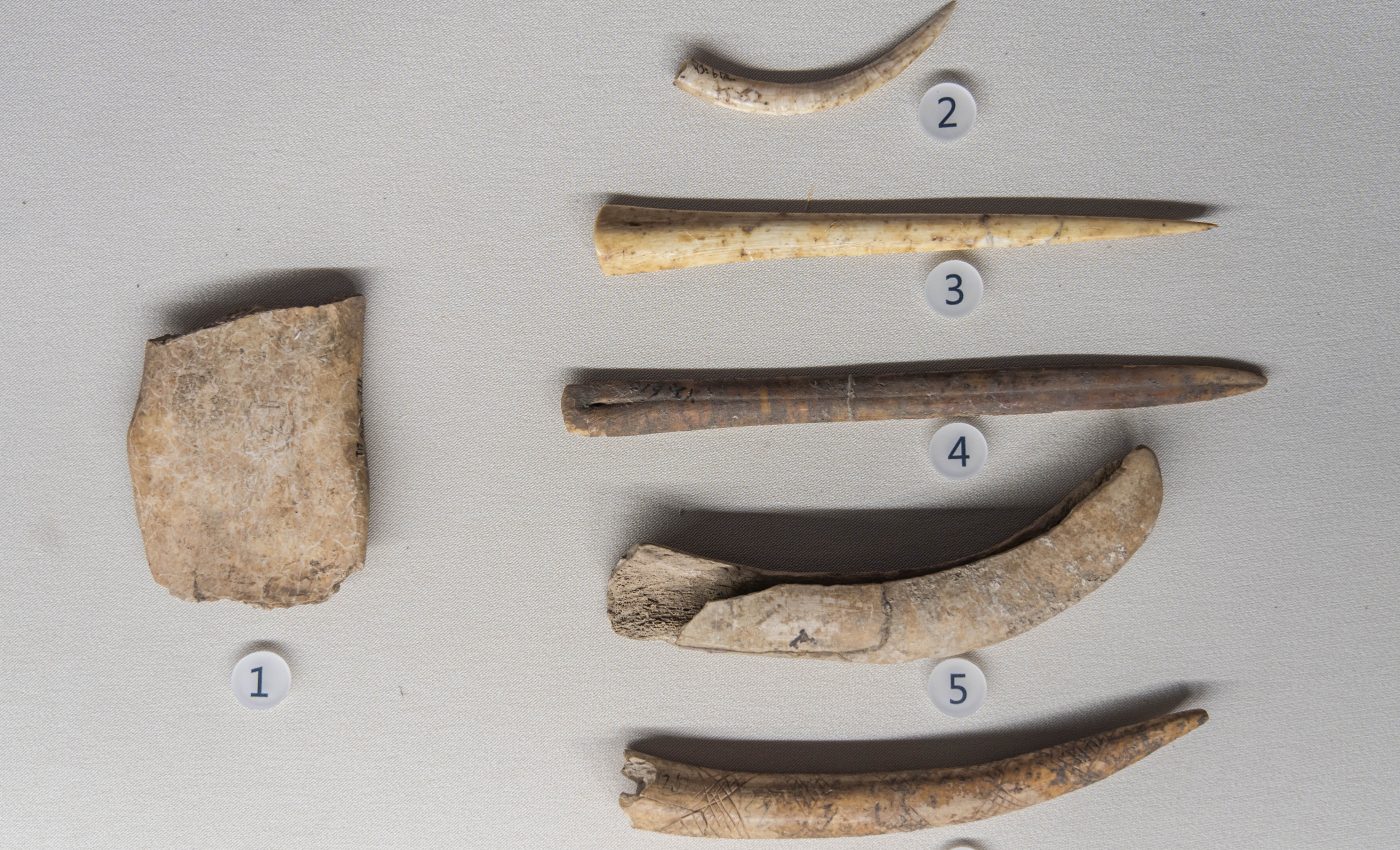
Earliest modern artifacts in Europe created by Homo sapiens
A new study from NYU has found that the earliest modern artifacts recovered in Europe were created by Homo sapiens who immigrated from Africa. The innovative tools and animal tooth pendants were initially believed to be the work of Neanderthals.
The experts analyzed bones and other artifacts unearthed in the Bacho Kiro cave in Bulgaria.
The research is shedding new light on the arrival of Homo sapiens in Europe and their interactions with the indigenous and declining Neanderthal population.
“Our findings link the expansion of what were then advanced technologies, such as blade tools and pendants made from teeth and bone, with the spread of Homo sapiens more than 45,000 years ago,” explained study co-author Professor Shara Bailey.
“This confirms that Homo sapiens were mostly responsible for these ‘modern’ creations and that similarities between these and other sites in which Neanderthals made similar things are due to interaction between the populations.”
According to Professor Bailey, if Neanderthals had created these tools and jewelry, it would have indicated they had more advanced cognitive abilities than previously realized.
“Nonetheless, there are some similarities in manufacturing techniques used by Homo sapiens at Bacho Kiro and Neanderthals elsewhere, which makes clear that there was cultural transmission going on between the two groups.”
An international team of researchers, led by experts at the Max Planck Institute for Evolutionary Anthropology, focused on the transition from the Middle to Upper Palaeolithic period between 50,000 and 30,000 years ago.
At this time across Europe, local Neanderthals were being gradually replaced by Homo sapiens populations from Africa. The population shifts likely varied across regions, and many details of the transition are still a mystery.
To investigate part of this transition, the team focused on Bacho Kiro, where Europe’s earliest modern technologies had been discovered. The researchers used several techniques to determine which human species occupied the region where the fossils were found.
Professor Bailey is an expert in tooth analysis, and her team examined teeth and bones from Bacho Kiro. Using collagen peptide mass fingerprinting, the experts identified human bone fragments that were at least 45,000 years old, which coincides with the arrival of Homo sapiens in Europe.
Further DNA analysis showed that the bone fragments belonged to Homo sapiens. There was no evidence of Neanderthals present among the Bacho Kiro fossils.
“ZooMS allows us to identify previously unidentifiable bone fragments as some form of human,” said Professor Bailey. “From there, we can apply more sophisticated techniques to identify the species and more accurately date human bones.”
The study is published in the journal Nature.
—
By Chrissy Sexton, Earth.com Staff Writer













